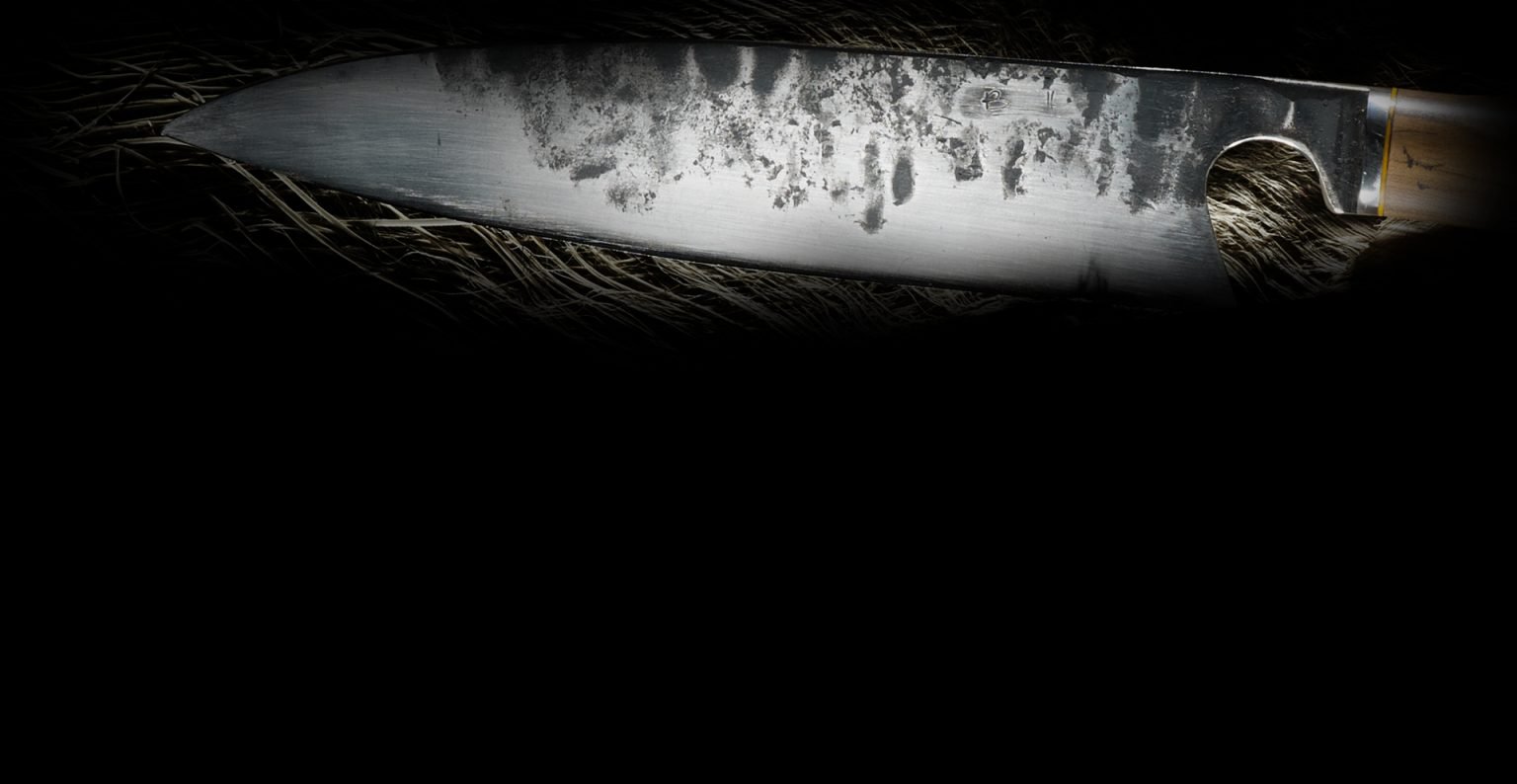
matteo baronetto
text by sarah scaparone
matteo baronetto is the chef of one of the most important restaurants in italy, namely del cambio in turin, where camillo benso count of cavour used to eat his meals. there is a plaque stating it in the sala risorgimento, and the statesman particularly loved the antique salon decorated with magnificent frescoes from 1875. but the current one michelin star restaurant has been narrating the history of italy for decades before. caffè del cambio opened under this name on the 5th october 1757, the same day when the construction of the building -now teatro carignano- began.
the name of the restaurant itself is also wrapped in tales and legends: the word “cambio”, meaning change/exchange in english, could have been chosen to remember the horse-changing station in the post house, where travelers made their stops from/to paris. but maybe it could also be because of the coin exchange, since the square was in fact a stock exchange for businessmen and salesmen and the coffee house hosted them as guests. surely, del cambio is not a place like any other. his guest book hosts

the signatures of princesses and princes, artists, tycoons, liberals and conservatives, masters of music and literature. aside from the man who started the italian’s unity, many other famous attendees have taken a seat at the restaurant’s tables: giacomo casanova, wolfgang amadeus mozart, carlo goldoni, honoré de balzac, friedrich
nietzsche. during the 20th century one of the habitués was the writer and director mario soldati. he rolled scenes of the “cambio” in one of his wonderful documentary “viaggio nella valle del po”, which aired on the state television rai in the 50’s. other guests include paolina borghese and the famous contessa di castiglione, and the divas of the last century such as eleonora duse, maria callas, audrey hepburn. also, there are the statesmen that alongside cavour “made italy a country” and the pioneers of italian industry, such as the automotive dynasty of the agnelli.
this is the historical and beautiful place where matteo baronetto arrived in 2014, becoming the chef de cuisine after a meticulous refurbishing. born in giaveno, close to turin, baronetto gained his first experiences at la betulla in san bernardino di trana (turin) then at the albereta in erbusco with chef gualtiero marchesi, where he managed to meet carlo cracco. baronetto chose to follow cracco into the kitchen of le clivie in piobesi d’alba, then into the former cracco-peck, now ristorante cracco in milan. as a meticulous man, rigorous and practical and introverted like all the people from piedmont are known to be, matteo baronetto rediscovers old traditions with his dishes. his inherent elegance perfectly matches with the restaurant. it is no coincidence that the chef of del cambio literally fell in love with michele massaro’s knives: “i met this great craftsman during a former ein prosit edition, and i had already admired the knives he made for pino cuttaia.

these precious objects are incredible not only for their purpose, but also because they are extremely well-finished: they are practical, light, versatile, manageable. the perfect tool for our job”. three are the knives made for baronetto: massaro thinks is the number of tools a chef needs to fulfill his necessities. “we worked together to discover shapes and materials” tells baronetto. “the result is astonishing: a paring knife, a japanese carving knife (gyuto) with a 20 centimeters long blade, and another japanese long knife (yanagiba) with a 27 centimeter long blade. the handles are made with local apricot wood that i particularly like, it has an incredible fragrance”.
this versatility is what baronetto appreciates the most, along with their incredible resistance: “the material of handles and blades are the result of a meticulous research. this gives them the artisanal’s craft parameters and a great agility in use. and that’s why you need to take care of your knives – you grease them for they don’t rust and can always be ready to use”. in order to protect the blades, michele massaro personally sewed a leather sack, which usually takes two days to be made.
these handmade sacks have three layers of leather to preserve the sewings. the knives are inserted from the blade to save the edge, instead of the handle as it’s commonly done. since it takes a lot to be sewed, the leather sack is not available for everyone: the only owners are piergiorgio parini, enrico crippa, antonia klugmann, pino cuttaia, mauro colagreco and, of course, matteo baronetto. “massaro’s work reminds me of my grandfather, who was a farmer and one of the last men to craft artisanal wooden rakes” tells the chef. “these are two different jobs, but the details research, the material and the wonderful manual skills brought me back in time, and i was fascinated in the same way as i was when i watched my grandpa working”.




